DOG TRAINING OFFERED IN-PERSON AND ONLINEOur dog training services are delivered in almost any format that meets your needs. We have GROUP CLASSES at our indoor and outdoor facilities on our farm, ONLINE LIVE STREAMING classes, and SELF-PACED VIDEO-BASED training through our Online Dog Training Course. Our PRIVATE TRAININGS can be done in-home, outside, in public dog-friendly locations, at our facility on our farm, online via phone or video conferencing and through email. |
As spring arrives and the weather starts getting warmer, more people start getting outdoors with their dogs. For those who have not been walking their dogs regularly during the winter, this hopefully means they start doing more walks with their dogs. For those who have walked their dogs regularly during the winter, it means they start seeing more people and their dogs out on walks.
While it’s nice that everyone is starting to get out more, it also can bring to light some issues with dogs who don’t have great leash manners or can be reactive toward other dogs or people. This tends to be the time of year I get the most calls for help with these issues.
If a dog is reactive toward other dogs when on walks, the first thing I want to know is what the dog’s leash manners are like when no other dogs are around. In most cases, the leash manners are not that good even before another dog arrives on the scene. If that’s the case, we need to start working on things before there are other dogs around.
In cases of reactivity on leash and/or poor leash manners, I also want to know how well the dog listens outdoors. In many cases, not only does the dog have poor leash manners, but people lose their dogs’ focus as soon as they step out the door. In this case, we need to back up even further.
If your dog listens well in the house but not outside, the first step might be to begin doing some training outside. There tend to be far more distractions outside than there are in your house. It’s no wonder dogs are distracted outside – all the smells, sounds, and activity going on can make it difficult for our dogs to pay attention. And yet we expect them to behave just as well as they do in the house. It does not happen magically! It takes work.
In some cases, I see that people have inadvertently taught their dogs to pay attention in the house but not outside. Remember, if you want your dog to listen to you and be tuned in with you in all situations, you need to practice in all situations. How often do you conduct training sessions in your back yard or out in front of your house (on leash, of course) without trying to actually go for a walk? Or do some work along your walking route?
We often blame our dogs for not listening, when in reality, we have not taken the time to teach them to stay tuned in with us. Have you taken the time to help your dog understand what you expect and what’s in it for him or her? If not, now is the time to get started!
Our goal is to positively impact the lives of as many dogs and their families as we can, in part through our extensive library of video, infographics and text articles. |

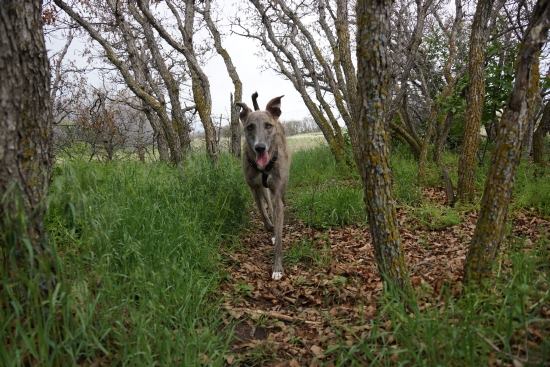
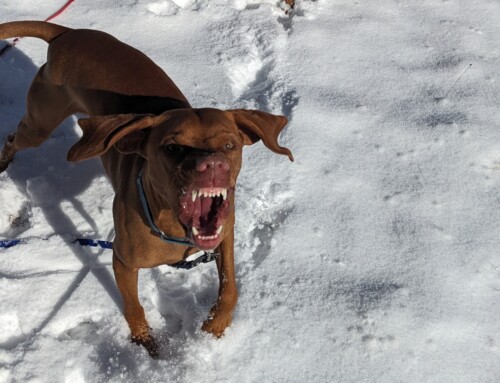


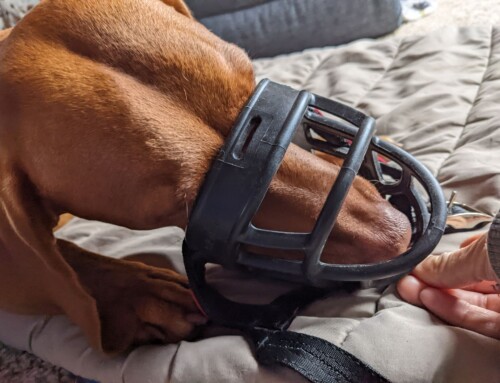
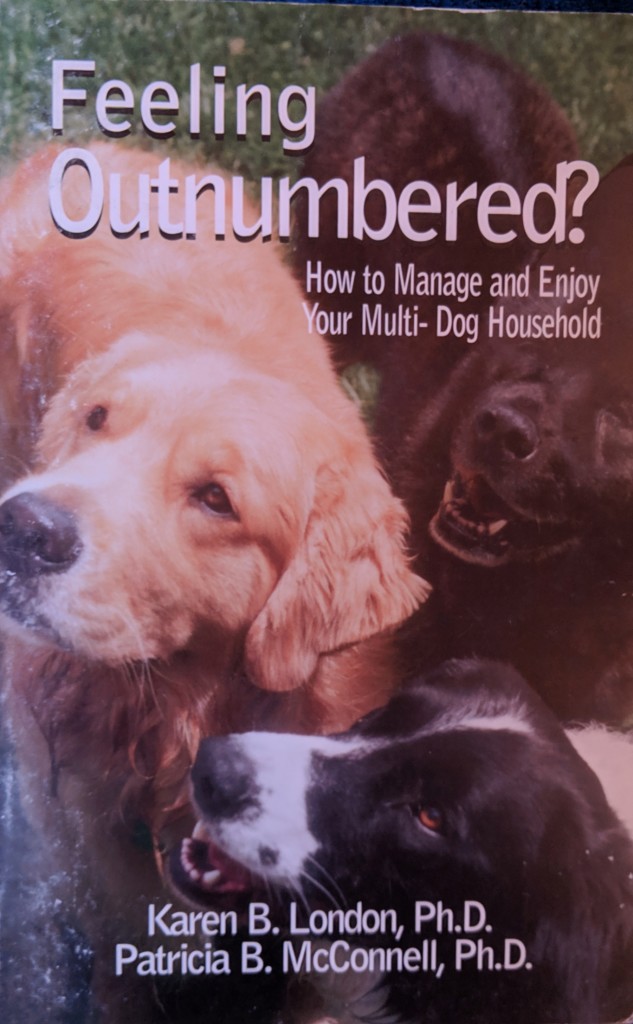


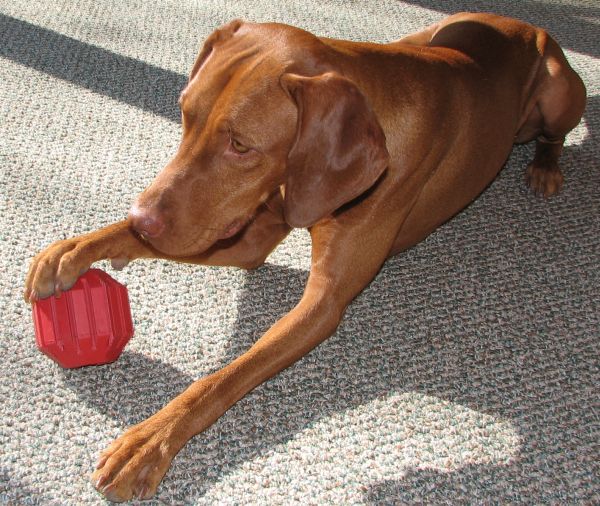
My 12 yr old and I rescued a 12 yr old female lab. She has slightly improved on the leash. We live in a townhouse, so we take her to a local dog park. She does well, although can play rough as an almost 2 yr old. A vest and choker collar has not helped. She listens to commands for a treat, but during a walk with no one else around, she acts like a teenager who doesn’t hear a word you’ve said. She will be 2 in the beginning of February. Please help
Hi Stephanie, while certain equipment might help you to manage things for now, only training and lots of practice will help get your dog listening to you. Make sure you do lots of practice INSIDE first to make sure your dog understands what you are asking for. Once you move outside, find a nice quiet spot to hang out. Let her get somewhat bored with the area you are in. If she’s already checked out all the smells it will be easier to tune in with you. Take it a step at a time. It takes time and practice to learn how to tune in and listen on a walk with all the exciting things happening around her! If you’re not quite sure how to break things down into smaller steps, think about hiring a positive reinforcement based trainer to help you develop a plan!
Hi my dog is 12 weeks old and doesn’t want to play ball or kyy it stem outside what can I do?
Hi Sophie, I didn’t quite understand your question! Your 12 week old pup does not want to play ball or?? If you can clarify, I can try to help! For pups who don’t want to play ball, I try to find other ways to play. Some pups don’t like fetch but love tug or other games. Sometimes you have to experiment a bit to find out HOW your dog likes to play. My current dog will play fetch SOMETIMES but not others. My previous Vizsla did not play fetch at all. My Greyhound LOVED Tug. Everyone has different ways they prefer to play. And that might change if they are indoors or outside!
I’m guilty of not teaching my dog my expectations, I haven’t taught her tricks or anything like that, she is so sweet. I’ve only ever had to say no or call her and she listens. My mistake was thinking she wouldn’t grow up, she is becoming more dependent on her own, and now that she is confident to start exploring without me being right next to her, she won’t listen to anything I say. I know this is my fault, I’m overwhelmed. I don’t know where to start because I haven’t taught her more than sit, which only happens if a treat is present. Any advice on how to begin.
Hi Desiree, you didn’t note how old your dog is now, but keep in mind that a dog is NEVER too old to learn! The sooner you get started the better though. Depending on how you and your dog best learn, I would suggest a couple of options for getting started. Our book Juvenile Delinquent Dogs covers a lot of basics as well as several specific problem areas. You could get the book and start with some of the basics – Watch Me/Eye Contact would be my first recommendation. OR you could get our online training course that covers everything we cover in both our Puppy and Basic Training group classes. Either of those would be a good place to start that allows you to work at your own pace. If you are still struggling with getting going or progressing, then I would recommend finding a local trainer who focuses on positive reinforcement based training or force free training (definitely NOT choke chains, prong collars, shock collars and/or correction-based training). Good luck!
How do i get my dog to listen not to chase everything he see the minute i open the door to take him out?
Hi, my dog completely disengages if I walk her when it is really windy. She is pretty good at walking generally, but today we went for a walk, it was really windy and she just acted uneasy, constantly looking about, not walking at my side. Is this the wind causing this? How do I make her feel more confident and engaged on windy walks?
thanks
Hi Jess, How old is your dog? It is not unusual for dogs to be more distracted when it is windy, and sometimes for younger or more insecure dogs this can translate as being more fearful as well. We primarily engage with your world visually, but dogs engage more through their ears and noses – and there are more sounds and smells swirling around when it’s windy. We can’t really decide when and where the wind will blow, so we are somewhat at the mercy of Mother Nature when working with wind issues! When it is windier, lower your expectations a bit, try to help your dog engage with you more (go back indoors at first if you need to) and get your dog doing something (sit, down, tricks, whatever) and then try going back outside. Stick closer to home where your dog hopefully is a bit more confident. Hopefully the more you work with her, the more confidence she will build and the better she will be able to handle those windy distracting days. Good luck!